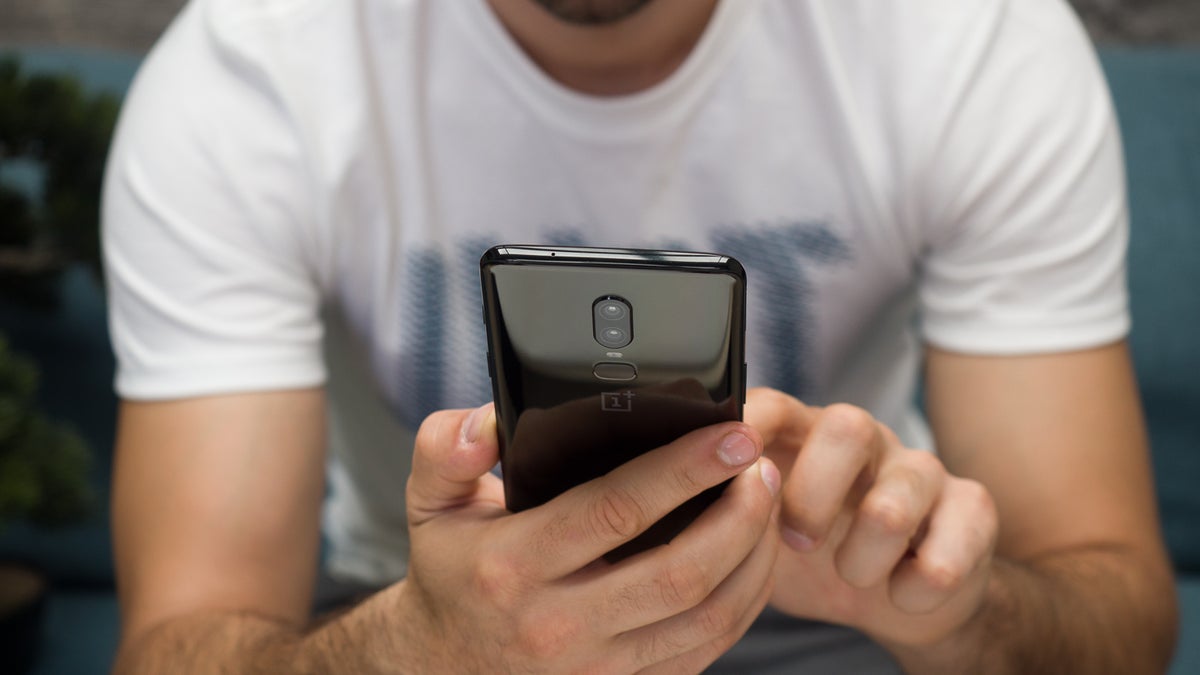Google releases reCAPTCHA v3 so you don’t have to look for street signs before entering a site

Bots are everywhere on the internet, executing various tasks: from indexing web pages for better search results to generating illegitimate traffic to boost ad revenue. The latter is just one type of activity Google is trying to prevent with its reCAPTCHA technology and now it’s releasing the third generation of its bot-fighting API that webmasters all over the world can integrate to their websites for free.
Until now, reCAPTCHA v2 would use algorithms to determine the validity of the incoming traffic and if it was deemed suspicious the users would receive a challenge before being allowed to continue to the site. You’ve probably experienced these challenges at some point: having to look at several pictures and select the ones that have a street sign, a store front or a vehicle in them, or having to type in some distorted letters and numbers. We can all agree that while this method might be fool-proof, it’s not a good user experience.
Google seems to think so as well and with reCAPTCHA v3 it’s completely removing user interaction. “How would it prevent bots from entering then?”, you might ask. Well, Google is letting websites decide individually. What its new API will do is assign a risk factor to each user and based on it, the website’s admin can choose how to verify or completely block users with very high-risk factors.
To help determine that factor more accurately, Google is introducing the “Action” tag. Each user will receive this tag (it’s all happening behind the scenes, of course) that will be tracked throughout the site, registering the actions taken by the user and based on the displayed behavior reCAPTCHA will assign a value between 0 and 1 (1 being highest probability the user is a human, 0 being a bot) for each visitor.
Developers are then left to decide how to treat the “risky” users. This means that you still might get the occasional bot-check, if your browsing habits somehow mimic those of a bot. For most users, however, the change means no longer having to prove your human nature in the middle of a browsing session.
To help determine that factor more accurately, Google is introducing the “Action” tag. Each user will receive this tag (it’s all happening behind the scenes, of course) that will be tracked throughout the site, registering the actions taken by the user and based on the displayed behavior reCAPTCHA will assign a value between 0 and 1 (1 being highest probability the user is a human, 0 being a bot) for each visitor.
Follow us on Google News













Things that are NOT allowed:
To help keep our community safe and free from spam, we apply temporary limits to newly created accounts: